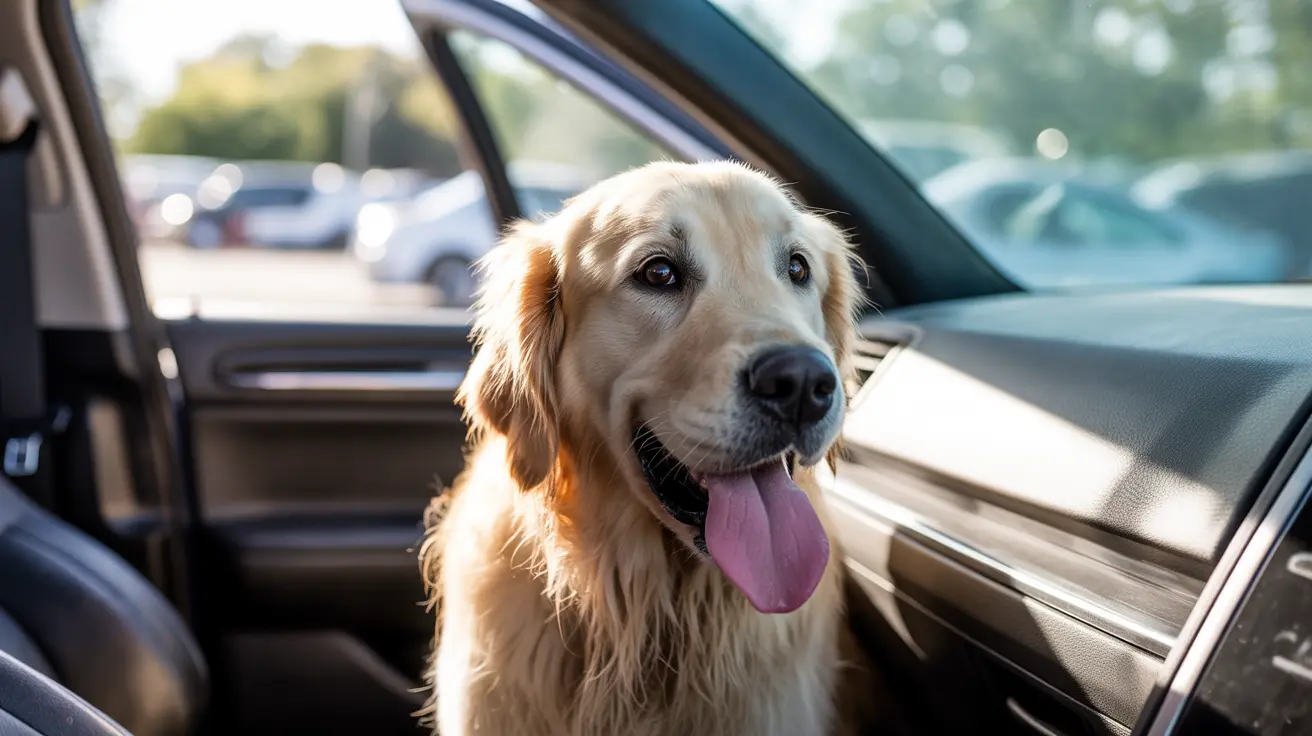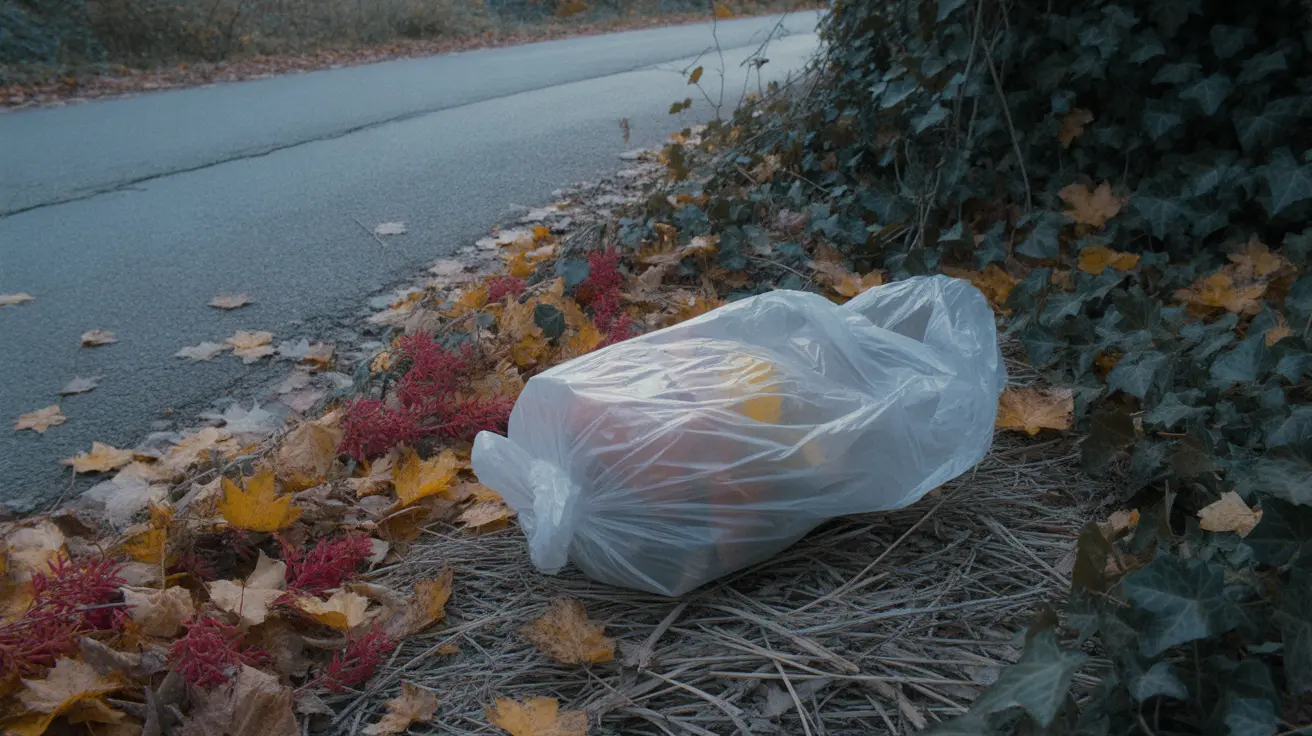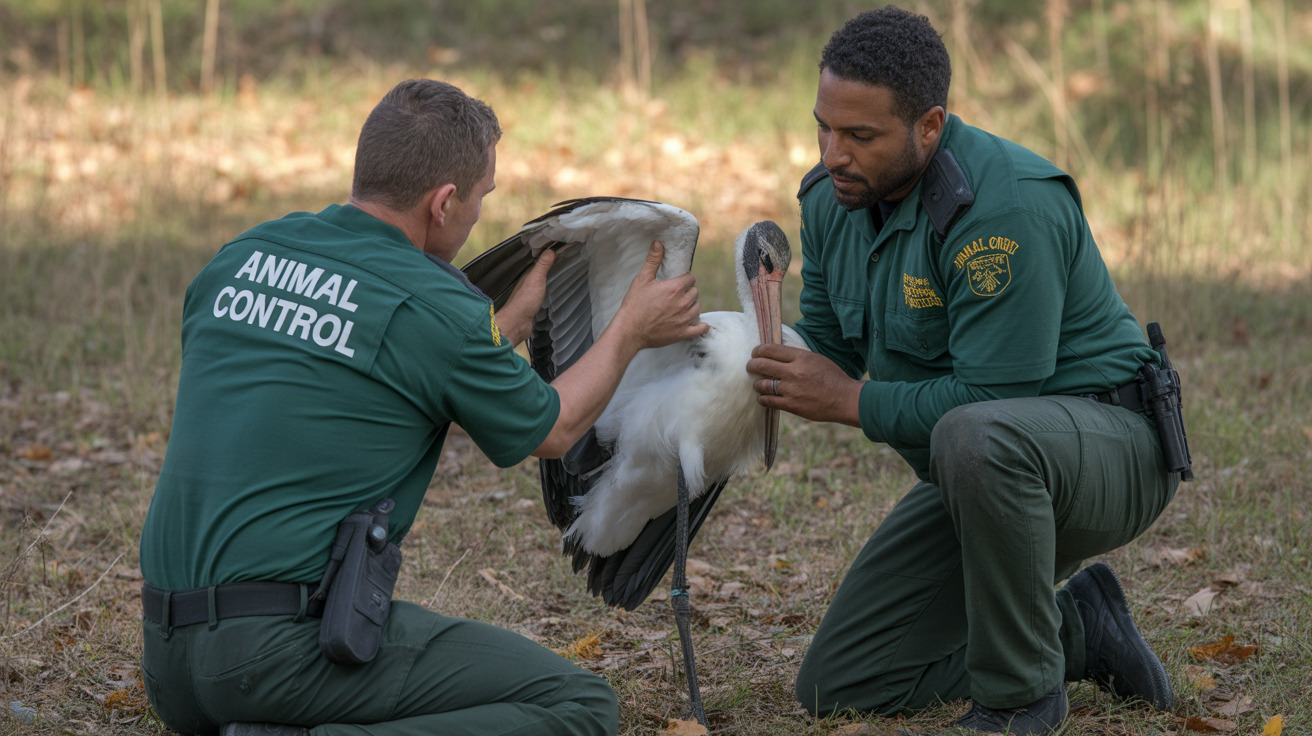What to Do If Your Dog Eats Grapes: Immediate Steps and Critical Information
If you've just discovered that your dog has eaten grapes (or any food containing them), it's natural to panic. Grapes, along with raisins, currants, and sultanas, are highly toxic to dogs. Even a small amount can lead to severe, sometimes fatal, kidney injury. Let's walk through what you should do—and why quick action matters.
Why Are Grapes Dangerous for Dogs?
All types of grapes—red, green, seeded, seedless, homegrown or store-bought—are dangerous for dogs. Their dried forms (raisins, currants, sultanas) are just as toxic. The exact culprit behind this toxicity isn't clear; tartaric acid is a recent suspect, but other compounds like mycotoxins and tannins have also been considered. What we do know: No breed or age of dog is immune, and even one grape can be enough to trigger a reaction in some dogs.
Symptoms of Grape Poisoning in Dogs
The scary part? Symptoms don't always show up right away. They can appear within hours—or take days. Here’s what you might notice:
- Vomiting (often the first sign)
- Loss of appetite
- Diarrhea
- Lethargy or unusual tiredness
- Abdominal pain
- Drinking or urinating more than usual (early on)
If the poisoning progresses, things get worse:
- Dehydration
- Weakness or collapse
- Bad breath (smelling like ammonia)
- Little or no urination—which signals acute kidney failure
If your dog stops producing urine after eating grapes, the outlook is poor. Some survivors may end up with chronic kidney disease.
No Safe Amount: Why You Must Act Quickly
The bottom line: No amount of grape is safe for dogs. Sensitivity varies wildly; some dogs get sick from a single grape while others eat more without immediate problems—but you can't predict which will happen. That's why every case must be treated as an emergency.
- If you catch your dog eating grapes (or foods containing them), call your vet or an animal poison control center immediately.
- Don’t wait for symptoms—they often mean damage has already occurred.
Treatment: What Will the Vet Do?
Your vet may recommend bringing your dog in right away. Early intervention significantly improves the chances of recovery. Treatments may include:
- Inducing vomiting (only if advised—it’s not always safe at home)
- Administering activated charcoal to absorb toxins
- Hospitalization with intravenous fluids to support kidney function
- Bloodwork to monitor kidney values and hydration status
If kidney failure develops, more intensive interventions like dialysis may be necessary—but these are not always available or successful.
Avoid Home Remedies—Why Professional Help Is Essential
You might feel tempted to try home treatments like making your dog vomit or giving them something to eat or drink. Don’t do it unless specifically instructed by a veterinary professional. Some methods can make things worse or delay effective care.
Dried Grapes and Hidden Dangers in Foods
Dried forms—raisins, currants, sultanas—are even more concentrated sources of toxins. Many common foods contain these ingredients:
- Baked goods (fruitcakes, raisin bread)
- Cereals and granola bars
- Trail mix and oatmeal cookies
Always check ingredient labels before sharing snacks with your pet.
No Reliable Test: Diagnosis Relies on History and Symptoms
No lab test confirms grape poisoning directly; vets rely on knowing what was eaten plus symptoms and bloodwork showing kidney injury.
The Importance of Prevention at Home
- Keep all grapes and dried varieties out of reach—secure counters and trash bins.
- Educate everyone in the household about the risks—including children who might share snacks without thinking.
Around holidays when baked goods abound, be extra vigilant about what’s left within paw’s reach.
Toxic Foods Beyond Grapes: What Else Should You Avoid?
- Onions and garlic
- Xylitol-sweetened foods (like sugar-free gum)
- Certain nuts (macadamia nuts especially)
- Bread doughs with yeast
- Sugar-rich treats like chocolate
- Alcohol
- Sodium-heavy foods
- Cocoa products
- Bones that splinter easily
- Moldy foods
- Caffeine-containing drinks
- Dairy products for lactose-intolerant dogs
- Pits/seeds from fruits like cherries or peaches
- Mushrooms found outdoors
- Spoiled food scraps
- Cooked bones
- Sausages with unknown spices/ingredients
- Soy-based processed snacks
- Canned fish with added salt/spices
- Certain houseplants/flowers used as decorations during holidays
- Moldy cheese/bread left on counters
- Pasta sauces containing onions/garlic
- Sauces/marinades with xylitol/sugar substitutes
- Pepperoni/salami/processed meats rich in fat/salt/spices
- Coffee grounds left accessible after brewing!
If you’re ever unsure about a food’s safety for dogs—skip it until you’ve checked with a vet.
A Few Fruits That Are Safe in Moderation
If you want to treat your pup safely now and then:
- Sliced apples (no seeds!)
- Berries: blueberries, strawberries, cranberries
- Pineapple chunks (fresh)
- Bite-sized watermelon pieces (seedless)
- Bite-sized banana slices
Introduce new fruits slowly and watch for stomach upset; keep portions small since fruit is sugary by nature.
The Takeaway: Fast Action Saves Lives
If your dog eats grapes—even just one—call your vet right away. Don’t wait for signs of illness; by then it could be too late for effective treatment. Keep all risky foods out of reach and educate anyone who cares for your pet about these dangers. Acting quickly gives your furry friend the best chance at a full recovery—and peace of mind for you.





